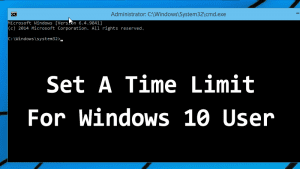
If you have been using Windows 10 operating system for a while, then you might know that the operating system provides users endless features and options. Right now, Windows is the most used desktop operating system. Compared to every other desktop operating system, Windows provides users more features. Not only that, but the software availability is also high on Windows compared to any other desktop OS.
If you have been using Windows 10 computer, then you might know that the operating system provides users an option to create multiple user accounts. Not only that, but Windows also offers users a fast user switch feature as well. Let’s admit, sometimes we all want to set a time limit to selected Windows 10 user account.
By setting a time limit, you can restrict anyone including kids from overusing the computer. Apart from that, it will also ensure proper utilizing of the time and will make you more productive. So, in this article, we are going to share some of the best methods to set a time limit for logged in Windows 10 users.
How to Easily Set A Time Limit For Windows 10 User
Below, we have shared two best methods to set a time limit for Windows 10 users. Please keep in mind that the second method will only work on selected Windows 10 build. So, we recommend you to follow the first one.
Also Read: How To Remove Computer Viruses Using CMD
Step 1. First of all, press Windows Button and then type Cmd and then press enter. Or press Windows Key + X and then select command prompt
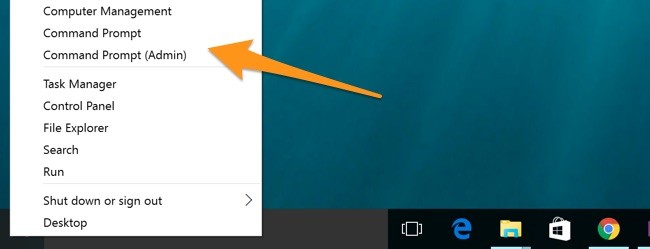
Step 2. Now the command prompt will appear, and you need to type the below command there
net user username /times:M-F,10:00-22:00;Sa-Su,09:00-23:00
Let’s Know how each part of the command works:
- You need to replace <username> with the name of your account, or the account you want to limit
- You need to replace <day> with the day you want to set time limits on. The initials of days are Su, M, T, W, Th, F, Sa.
- You need to replace <time> with the range using either a 13 hour or 24-hour format. You can’t add minutes to the time.
For example, we have set “net user hello /time:Sa,8am-4pm”

Step 3. You can even set the range of days with the same time limits. You just need to separate the days with the hyphen. For example, we have set the same time limit for Monday to Friday.

Step 4. If you want to Remove the restriction, then you need to enter the below command in command prompt.
net user username /times:all.
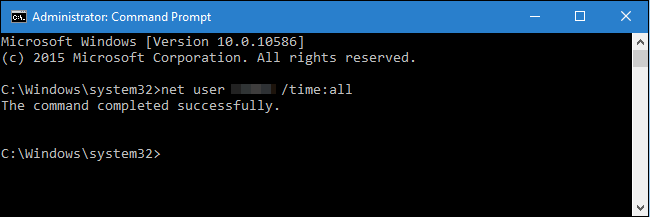
Step 5. If you want to see what times you have set simply type in this code in CMD
net user hello
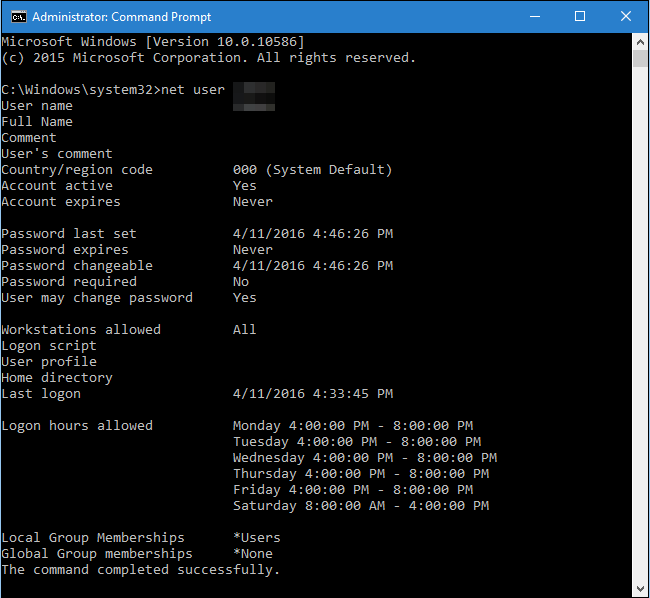
That’s it you are done, now you can easily set up a time limit by entering this command.
#2 Create a child account
To restrict time for logged in Windows 10 users, you can create a child account. After creating a child account, you will gain the Windows 10 parental controls. So, follow some of the simple steps given below to create a child account in Windows 10 computer.
Step 1. First of all, open Settings on Windows 10 computer and then click on ‘Family & Other People’
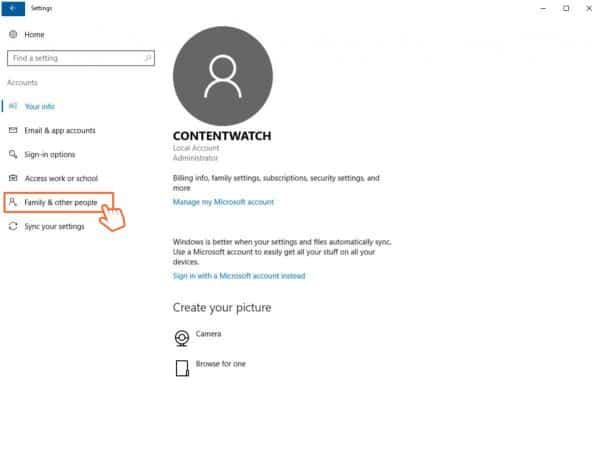
Step 2. There just follow the on-screen instructions to create a new child account.
Step 3. Once done, head to the Settings > Family & Other People. There click on Manage Family Settings Online.
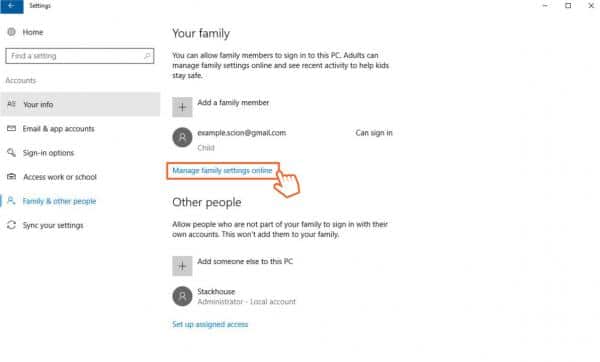
Step 4. There scroll down and select ‘PC Screen Time’. From there, you can set time limits from zero to twelve hours in half-hour increments. What’s interesting is that you can set the daily screen allowance on a daily basis as well.
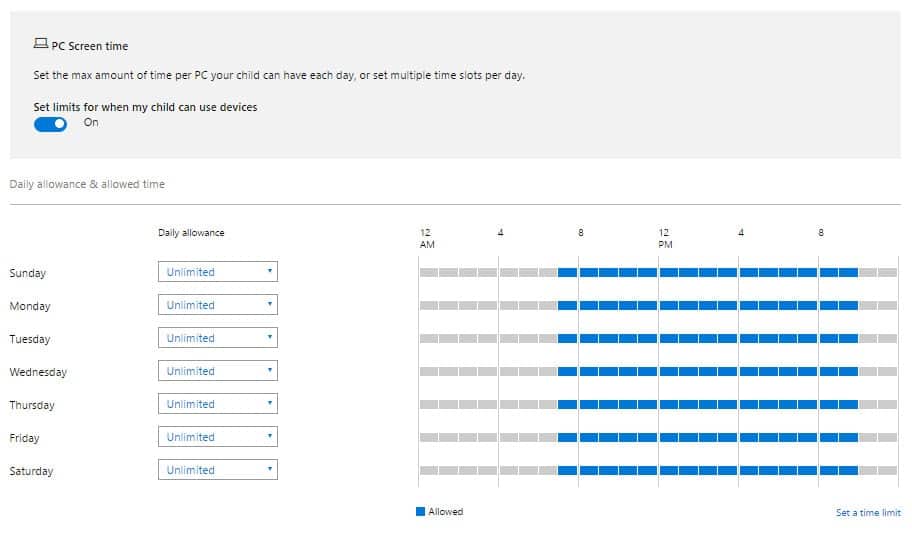
That’s it, you are done! This is how you can set parental controls for Windows 10 computers.
Also Read: Windows 10 Tips, Tricks and Hacks
So this is all about How to Set a Time Limit for Windows 10 Easily. With this method, you can easily manage the persons or restrict the different user accounts provided to them with the specific time limit, and this will check their working speed and lots of things that you will analyze from this. So try this out today and become a smart leader. I hope you like this, keep on sharing with others too. Leave a comment below if you have any related queries with this.
The post How to Easily Set A Time Limit For Windows 10 User appeared first on Tech Viral.
from Tech Viral https://ift.tt/2Ozr0XL
Comments
Post a Comment